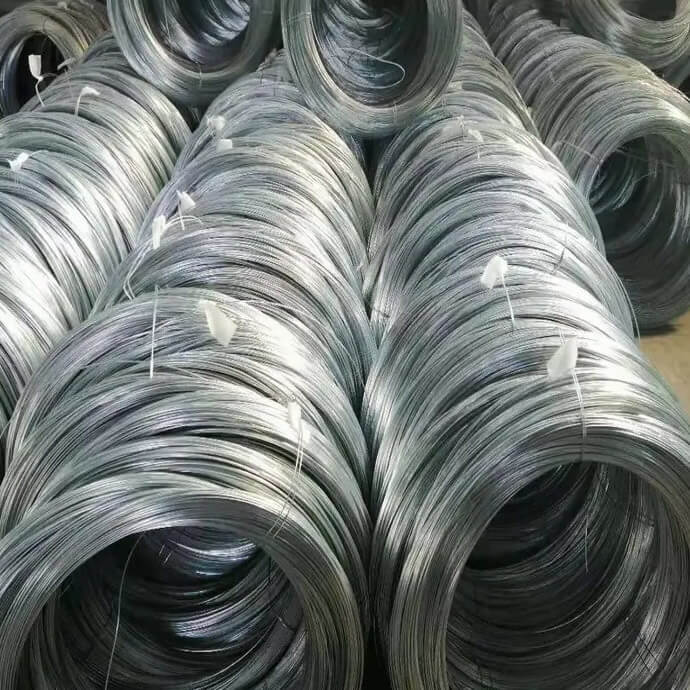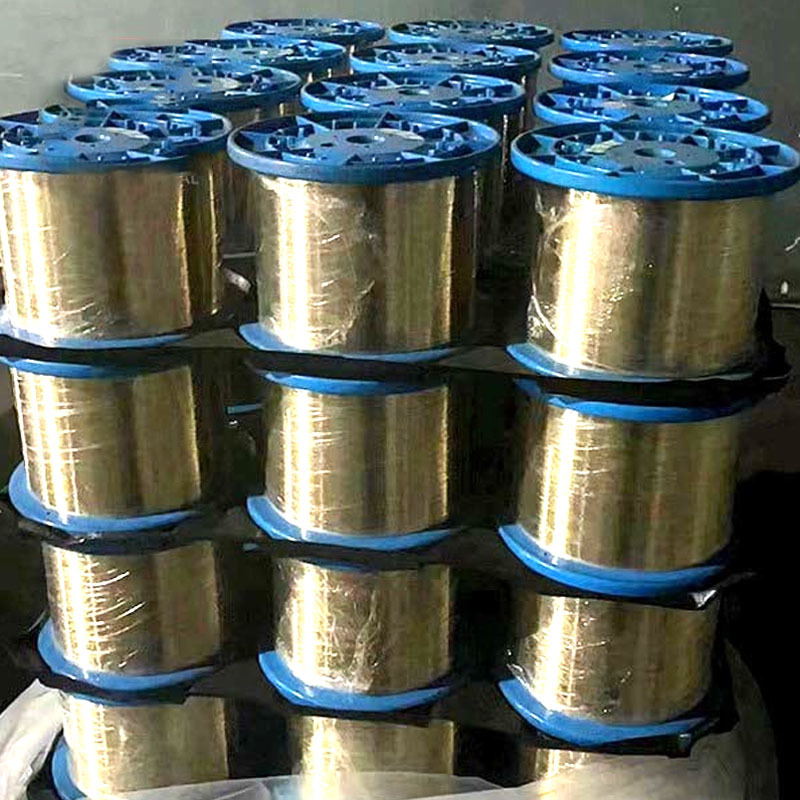Contact Us
Tel:
+86-13851950711
E-mail:
sales@wirefactory.cn
Address:
No. 16 Huide Road, Shuangtang High-end Metal Products Industrial Park, Jinghai District, Tianjin
Barbed Wire
- Commodity name: Barbed Wire
- Description
-
Product Parameter
Product Describtion
Barbed Wire
Wire Diameter
1.20mm - 4.00mm
Barbed Distance
3 inches - 6 inches
Tensile Strength
350Mpa - 1200Mpa
Weaving Way
Front Twist Front and Opposite
Package Weight
1 - 40kg per Roll
Application
It is usually used for pasture boundaries、 fencing、fences、 railways、 highways、isolation protection and so on
Barbed wire stands as a symbol of security and protection, crafted with precision and care to ensure optimal performance and reliability in various applications. Behind its formidable appearance lies a meticulous production process and stringent quality control measures aimed at delivering barbed wire of uncompromising quality and durability. Let's explore the intricate craftsmanship and rigorous quality control protocols that govern the manufacturing of barbed wire.
Raw Material Selection and Preparation: The journey of barbed wire begins with the careful selection of high-quality raw materials, typically galvanized steel wire or stainless steel wire. These materials undergo thorough inspection to ensure compliance with industry standards and specifications regarding tensile strength, diameter, and corrosion resistance. Once approved, the raw wire is meticulously cleaned and prepared for further processing to remove any impurities or contaminants that could compromise the integrity of the final product.
Wire Drawing and Forming: The selected wire undergoes a series of precision wire drawing processes to reduce its diameter to the desired specifications while maintaining uniformity and integrity. This critical step involves passing the wire through a series of dies and rollers under controlled tension and pressure to achieve the desired gauge and consistency. Subsequently, the drawn wire is formed into barbed wire strands using specialized machinery and equipment, where barbs are evenly spaced along the length of the wire at predetermined intervals.
Barb Formation and Assembly: The barbed wire strands are then fed into machinery equipped with barb-forming tools, which meticulously shape the wire into sharp, pointed barbs with precise dimensions and spacing. This process requires precision engineering and careful calibration to ensure uniformity and consistency across all barbed wire strands. Once formed, the barbed wire strands are assembled into coils or spools, ready for further processing or distribution to end-users.
Galvanization or Coating: To enhance durability and resistance to corrosion, many barbed wire manufacturers opt to apply a protective coating, typically through galvanization or polymer coating processes. Galvanization involves immersing the barbed wire in a bath of molten zinc, forming a durable zinc coating that provides superior corrosion resistance and longevity, especially in outdoor or harsh environments. Alternatively, polymer coatings may be applied to the barbed wire to provide additional protection and color customization options while maintaining flexibility and durability.
Quality Control and Testing: Throughout the production process, rigorous quality control measures are implemented to ensure that each batch of barbed wire meets or exceeds industry standards for strength, durability, and performance. Samples are regularly taken from the production line for comprehensive testing, including tensile strength tests, corrosion resistance assessments, and dimensional accuracy checks. Any deviations from specifications are promptly identified and addressed to maintain product consistency and quality.
Conclusion: In conclusion, the production of barbed wire exemplifies a blend of craftsmanship, precision engineering, and rigorous quality control aimed at delivering a product of uncompromising quality and reliability. From raw material selection and wire drawing to barb formation, assembly, and coating, each step of the manufacturing process is meticulously executed to ensure that barbed wire meets the highest standards of performance and durability. With its formidable appearance and proven effectiveness in security and perimeter fencing applications, barbed wire continues to play a vital role in safeguarding properties, facilities, and boundaries worldwide, thanks to the dedication and expertise of skilled craftsmen and stringent quality control practices.
Key words:
Zinc-coated wire | Galvanized Wire | Spool Wire | Barbed Wire | Steel strand
Get A Quote
Note: Please leave your email address, our professionals will contact you as soon as possible!






